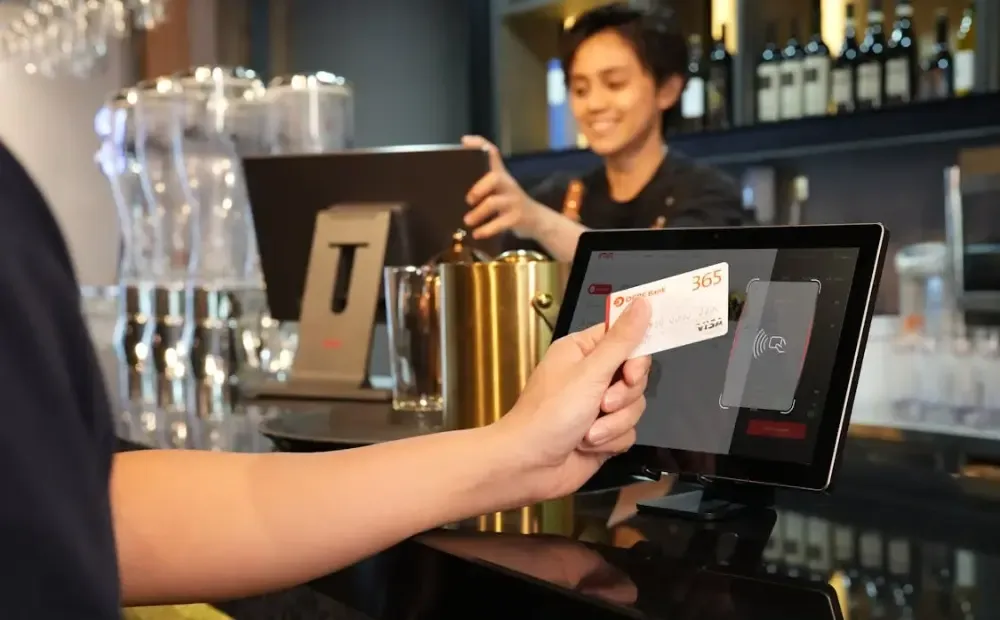The global Point-of-Sale software market, valued at $11 billion in 2023, is projected to grow steadily at nearly 9% annually through 2032.
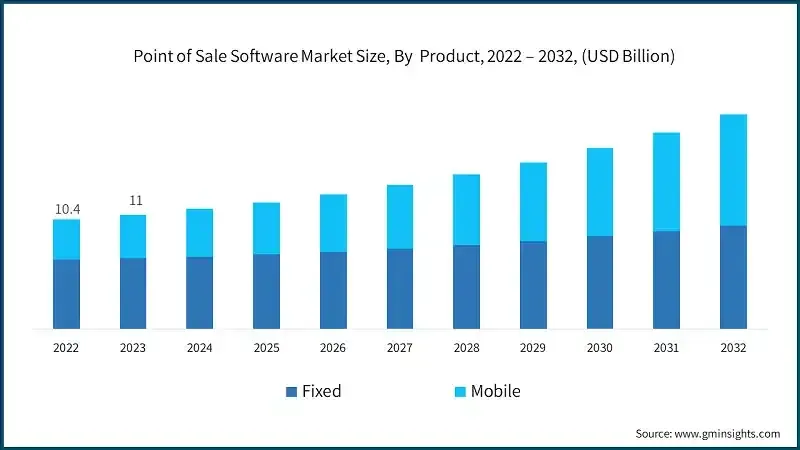
Even more striking is the surge in AI adoption. Mordor Intelligence predicts that AI in the retail market is expected to soar from $13.07 billion in 2025 to $53.74 billion by 2030! AI Smart POS systems and all-in-one terminals are retail technologies transforming how transactions, service, and strategy converge.
In this article, we talk about these tools and why growing retailers use them to drive profitability.
What Is an AI Smart POS System?
An AI Smart POS system is a modern, cloud-connected point-of-sale setup that uses artificial intelligence to handle transactions and analyze data in real time.

In addition to the usual POS features like billing, invoicing, and storing customer information, it offers many extra benefits thanks to its machine learning capabilities. These include:
- Real-time sales analytics that surface trends as they happen
- Predictive inventory forecasts based on purchase velocity and seasonal patterns
- Dynamic pricing recommendations tied to demand signals and competitor behavior
- Reliable weight and price calculations through a smart scale display
- AI-powered fraud detection
- Adaptive loyalty engines based on each customer’s behavior
Traditional POS systems are mostly reactive. They collect sales data but don’t tell you why customers buy certain products or how to increase future sales.
In contrast, AI Smart POS systems are more proactive. They analyze patterns in transactions, customer preferences, trends based on the time of day, and even location-specific behaviors to provide deeper insights.
What Is an All-in-One Terminal in Retail?
If you’ve walked into a quick-service restaurant lately, you’ve probably seen an all-in-one terminal. It is a single, self-contained point-of-sale (POS) device that combines hardware and software into one unit.
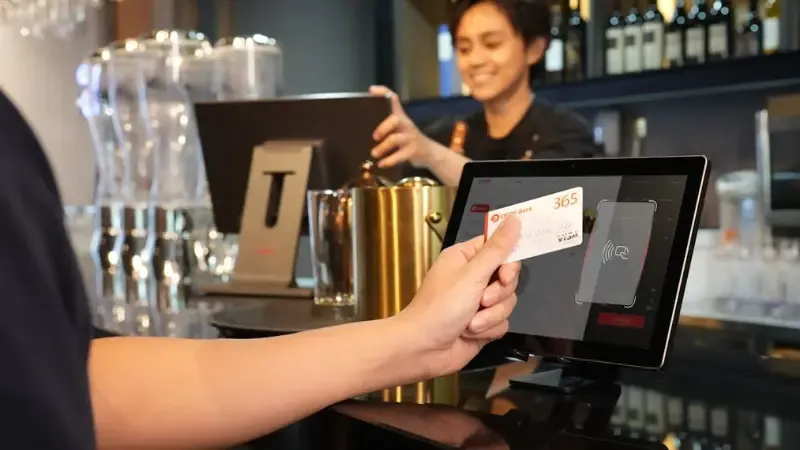
In an all-in-one terminal, one compact system contains all of the following components:
- Touchscreen display to browse menus and ring up items
- Barcode scanner (you don’t need a handheld scanner separately)
- Receipt printer
- A secure chip-and-pin reader, tap-to-pay, or mobile wallet option
- POS software that ties sales, inventory, customer data, and reports together
Since everything is in one terminal, retailers don’t have to worry about compatibility issues, tangled wires, or updating customer info on multiple devices. It’s also much easier to set up and maintain than using different devices for different tasks.
The plug-and-play design makes these terminals perfect for all kinds of retail businesses. You’ll find them in places like quick-service restaurants (QSRs), grocery stores, clothing shops, cafés, and even pop-up events.
RetailTech: The Digital Evolution of the Retail Industry
The transformation to AI Smart POS systems and sleek all-in-one terminals didn’t happen overnight. It’s the result of decades of experimentation.

From Manual Operations to AI-Driven Experiences
Retail’s backbone used to be manual with brick-and-mortar displays, planned replenishment cycles, and monthly pricing updates. Today, that model is outdated.
Take pricing, for example. What was once updated every few weeks based on historical trends is now adjusted in real-time. Amazon changes product prices millions of times a day using dynamic pricing algorithms that respond to market shifts instantly.
Brands once fought for premium placement in physical stores. Today, the digital shelf is now a borderless, algorithm-driven space where it’s tough to win without a strong data strategy. AI ranks products based on price, stock status, reviews, and product data quality.
The Role of Cloud, IoT, and Big Data in Retail
Cloud computing, IoT, and big data analytics are the three big forces behind modern retail using AI POS and all-in-one terminals.
Cloud platforms offer retailers flexibility and growth. It’s no surprise that 94% of enterprises are adopting cloud-based systems because they’re faster, cheaper, and more adaptable.
IoT helps with connected shelves that track stock levels and in-store sensors that monitor customer traffic, adjusting the store layout in real-time. Retail giants like Walmart and Tesco use IoT to automate restocking and improve efficiency across their many stores.
Big data ties it all together. Every click, scan, and purchase data is part of customer insights. Today’s retail leaders invest in advanced analytics tools to turn that raw data into strategy.
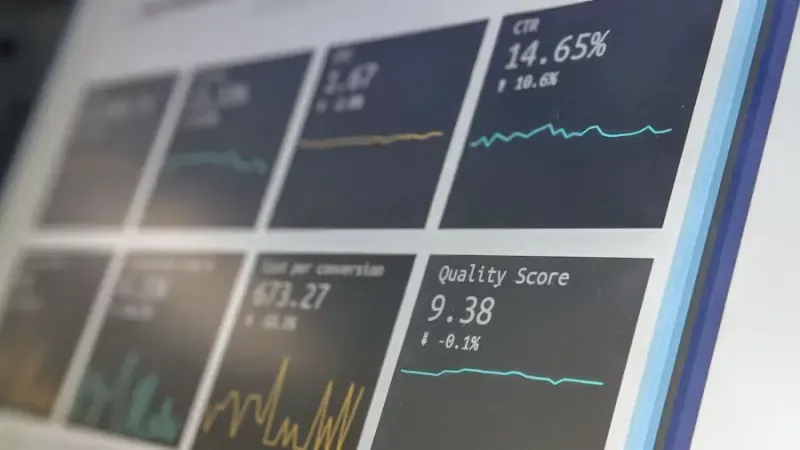
RetailTech Trends to Watch in 2025
In 2025, retailers are responding to customer expectations for immersive experiences by investing in high-tech, hyper-connected stores.
For example, Scheels has equipped its stores with huge LED walls, using around 460 screens per location, all linked to a single platform for synchronized promotions.
While it may seem like cloud technology is already everywhere in retail, it’s still being adopted across many businesses.
Levi Strauss & Co. recently gave employees access to customer and trend insights via Google Cloud dashboards. Similarly, WHSmith North America is using multiple cloud tools to centralize operations across over 340 stores.
Core Features of an AI Smart POS System
Now, in subsequent sections, we discuss the key functional aspects of an AI smart POS system.
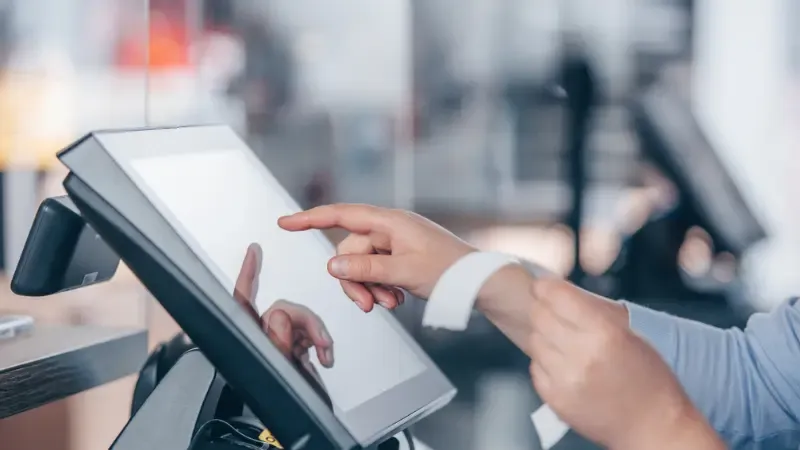
Customer Behavior Analysis & Personalization
A sale is just data until you know what to do with it.
Smart POS systems do more than just track receipts. They also recognize shopping patterns, suggest related products, and predict customer needs before they even ask.
If the system finds that a customer always buys skincare every six weeks, it automatically sends them a personalized discount the week before they’re due to restock.
Real-Time Inventory & Sales Tracking
IHL Group estimates that retailers bleed over $1.7 trillion globally yearly from out-of-stocks, overstocks, and preventable returns.
Traditionally, POS systems showed you what sold.
AI POS also tells you what’s about to sell out before you even notice the shelf is thinning. It could be a sudden surge in sales of a particular product because of an Instagram trend or one store consistently lagging behind.
Integrated Payments and Omnichannel Support
AI POS platforms integrate payments across a retail store, mobile app, website, etc, and keep the data in sync. They also unify all payment types, such as card, tap, mobile wallet, BNPL, and crypto.
According to Salesforce’s State of the Connected Customer Report, 83% of consumers expect to be treated the same no matter where they interact with a brand. That’s only possible when your POS ties online and offline data together.
When someone scrolls through your website in the morning and visits your store later that day, you already know what they are interested in.
Loyalty & CRM Automation
Most loyalty programs fail because they’re static. Smart POS software segments customers based on how often they buy, how much they spend, what they browse, and how recently they engaged.
From there, it runs automated, behavior-based campaigns that evolve in real time.
Why All-in-One Terminals Are the Future of Retail POS

One of the main reasons all-in-one POS terminals are becoming popular is their ability to save space. They’re compact, look great, and can handle all the core functions—who wouldn’t want that?
These terminals also reduce tech problems. With everything built into one system, there are fewer chances for things to go wrong. Retailers won’t have to worry about printers disconnecting or scanners not syncing with the software. If something breaks, there’s only one system to check, which means less downtime.
They’re also great for businesses that are growing. By combining multiple devices into one, all-in-one terminals help cut down on hardware costs.
These systems are especially useful for small chains or franchises that need to set up the same system across many locations.
Business Impact: How AI Smart POS Increases ROI
Retail has always been about the bottom line, so it’s only natural to question the business impact of AI-infused POS systems.
Here’s how they directly increase ROI.
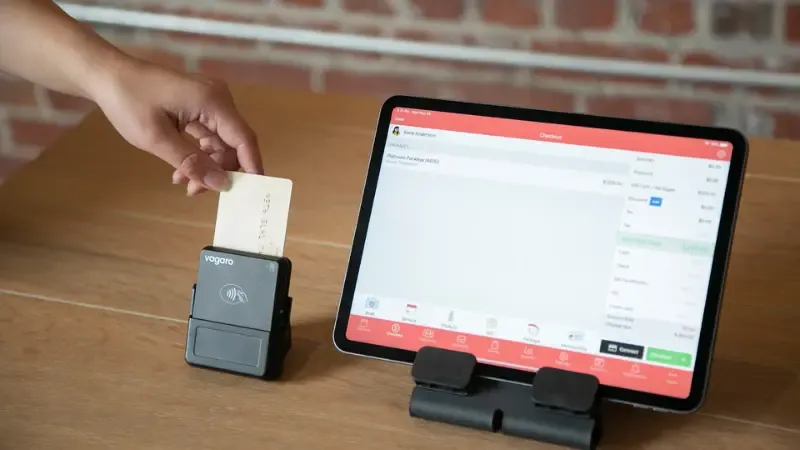
Labor Cost Reduction
Staffing remains one of the biggest fixed costs in retail, but AI POS systems ease that pressure. AI smart POS systems automate tasks that once ate up staff hours, like manual inventory checks or end-of-day reconciliations.
Instead of hiring more back-office analysts, your system becomes the analyst.
And when paired with all-in-one hardware, i.e., a barcode scanner, card reader, receipt printer, and touchscreen display all integrated into a single unit, you also simplify the physical footprint.
Faster Checkout & Better Customer Experience
In an era of one-click expectations, waiting is where sales go to die. When you consolidate product lookup, payment, loyalty, and returns into one intuitive interface, speed automatically improves, plus, you also create a frictionless checkout experience.
A faster checkout process also reduces abandoned sales caused by tech hiccups or long wait times. Instead, the checkout line becomes a place of opportunity.
Data-Driven Decision-Making Capabilities
Retailers don’t fail from a lack of data. They fail from a lack of clarity. Smart POS systems help you make data-driven decisions in real time.
Want to know which SKU is about to run out in your flagship store? The system tells you before the shelf is empty.
Wonder why your downtown location underperforms on Tuesdays? AI correlates sales patterns with traffic, weather, and past promotions to surface insights.
Looking to reduce markdowns? The system flags when a product is nearing its sell-through threshold and suggests a soft promotion before you’re forced into clearance mode.
Industry Case Studies
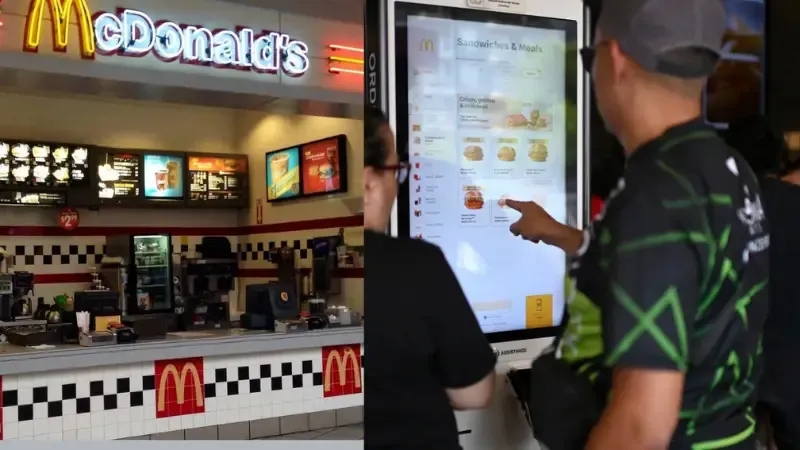
Quick-service restaurants (QSRs) have arguably been the fastest adopters of AI-infused POS systems.
You can see self-ordering kiosks with AI at places like McDonald’s, Panera Bread, and Taco Bell. These kiosks even change their menu displays based on the time of day and local buying habits.
Self-checkout first appeared in a Kroger store in 1986 but didn’t become popular in grocery stores until much later. It really started to take off in the early 2000s, mostly due to the push for cost savings during the economic downturn.
The Food Marketing Institute says the use of AI-powered self-checkouts almost doubled between 2018 and 2021.
In larger-format retail stores, like department stores, tech retailers, and shopping malls, all-in-one terminals are becoming hubs of interaction.
For example, Hudson Yards in New York and The Dubai Mall have installed touchscreen terminals that act as digital concierges. These terminals combine product lookup, loyalty check-in, and mobile ordering into one device.
How to Choose the Right AI Smart POS or All-in-One Terminal
Below, we break down the core considerations that should help you select the best POS system.
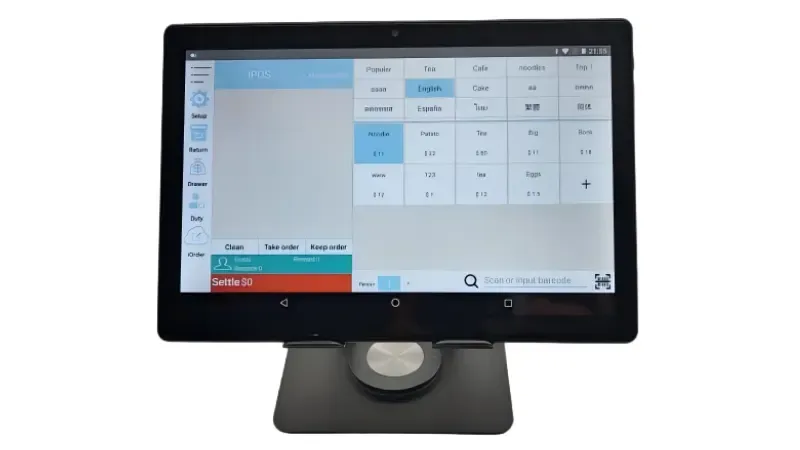
What to Look For in a POS Vendor
The technology itself is only half the equation. The other half is the company behind it. The key criteria to evaluate a vendor include:
- Their industry experience
- The track record of their scalability, i.e., how the system performs at 5, 15, or 100+ locations
- 24/7 customer support (with real humans)
- Clear SLAs for uptime and response time
- A dedicated account manager
- Pricing models and any hidden fees around hardware, API access, or data exports
- Compatibility with emerging payment tech (e.g. crypto, BNPL)
Hardware vs. Software Considerations
You need both the hardware and software of your POS to work in tandem, or you’ll end up with a slick-looking system that underdelivers on performance.
Here’s what you should know about the hardware:
- Is it truly all-in-one (e.g., barcode scanner, printer, payment reader, customer display)?
- Does it support all major payment methods like chip, tap, swipe, wallet, QR code, and crypto?
- Is it durable and built for high-traffic retail?
- Is it built for modularity—i.e., can it be used on counter, kiosk, or mobile configurations?
- What’s the average lifespan and replacement cycle?
The software functionality to look for includes:
- Real-time AI inventory forecasting and dynamic customer segmentation
- Cloud-native architecture that allows remote access to centralized data
- Customizable UI
- Offline mode with full sync once reconnected
- Compliance with data privacy and security standards (e.g., PCI, GDPR)
Integration with Existing Retail Systems
A POS that doesn’t integrate with your stack is only going to create more work. It must play well with accounting tools, e-commerce platforms, ERPs, CRMs, loyalty engines, and marketing tools you already have in place.
Integration should be real-time and bidirectional, meaning data flows both ways.
APIs should be open, well-documented, and free of usage caps.
The POS should also help you build centralized, actionable profiles of your customers that merge online behavior, offline purchases, loyalty interactions, and location-specific patterns.
FAQs
What is an AI Smart POS system?
An AI Smart POS system is a cloud-based platform that uses artificial intelligence to automate transactions and optimize operations in real time.
How does a smart terminal differ from a traditional POS?
Traditional POS systems simply record transactions without intelligent analysis. A smart terminal, however, uses AI to automate processes and personalize customer experiences.
What industries benefit most from AI-powered retail systems?
Quick-service restaurants (QSRs), convenience stores, grocery chains, and malls benefit the most from AI-powered retail systems.
Are All-in-One POS systems worth the investment?
Yes, All-in-One POS systems help you save money and improve customer experiences—both are key for businesses that are growing or have multiple locations.
Conclusion: Investing in AI Smart POS to Stay Ahead in RetailTech
Margins are razor-thin in retail, so investing in AI Smart POS systems and all-in-one terminals is a strategic move.
These systems don’t just process payments—they help you manage inventory in real time, send personalized promotions, speed up checkout, and give you insights that used to take a whole analytics team to gather.
CTA
To future-proof your retail operations, download our all-in-one POS product guide and request a demo of our AI smart POS systems today!

